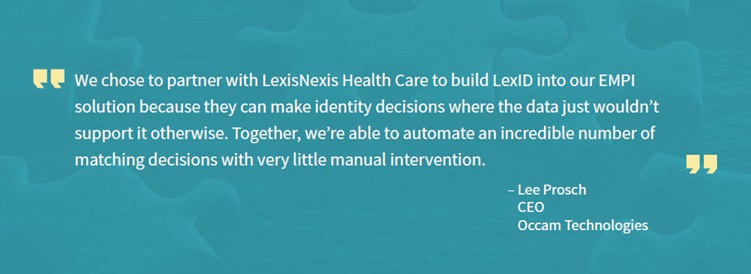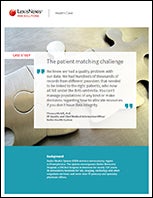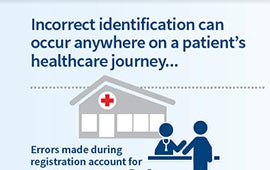Butler Health System Tackles the Patient Identity Matching Challenge with LexID®
Learn how one health system used automated record matching as a foundational step in enterprise analytics and patient safety initiatives.
As health systems grow, the addition of different data sources can create issues when linking patient records from disparate sources. After multiple physician practice acquisitions, Butler Health System (BHS) had over one million patient records representing approximately 740,000 unique patients, split across six different EMR source systems. This posed a challenge for automating patient record matching.
Inaccurate health information can impact numerous operations within a hospital or healthcare system. It can prevent the care provider from being able to successfully contact patients to pursue population health initiatives and also prevent them from even being able to identify at-risk patients in need of medical interventions or follow-up care. Physicians need to see complete records to correctly diagnose and treat their patients. Having accurate records can also help hospitals detect potentially negative trends that could result in poor patient care and unfavorable medical outcomes.
It's common for health systems that have multiple locations, often the result of acquisitions over time, to have duplicate records for patients who visited more than one provider location. Health information can quickly become jumbled across record systems and manually correcting such errors could take years.
In the evolving value-based healthcare system, claims reimbursement rates could potentially drop in favor of incentive payments. Provider compensation was and is increasingly being tied to performance and quality data instead of fee for service. BHS wanted the ability to use its own real-time data to be proactive in assessing its performance. Without accurate patient record data, it would have been unable to make informed decisions regarding how to improve and reduce costs.

Butler Health System partnered with Occam and LexisNexis Risk Solutions for help in identifying common patients across their six separate Electronic Medical Records (EMR) systems and to streamline the administrative tasks associated with cleaning up duplicate records. LexID provides a universal patient identifier to improve the match rate of patient medical records, thereby enhancing interoperability between disparate EMR systems.
Learn how this health system used automated patient record matching as a foundational step in enterprise analytics and patient safety initiatives. Download our case study today to start gaining insights into how your health system can quickly and effectively resolve your own medical record matching needs and transform quality of care.




